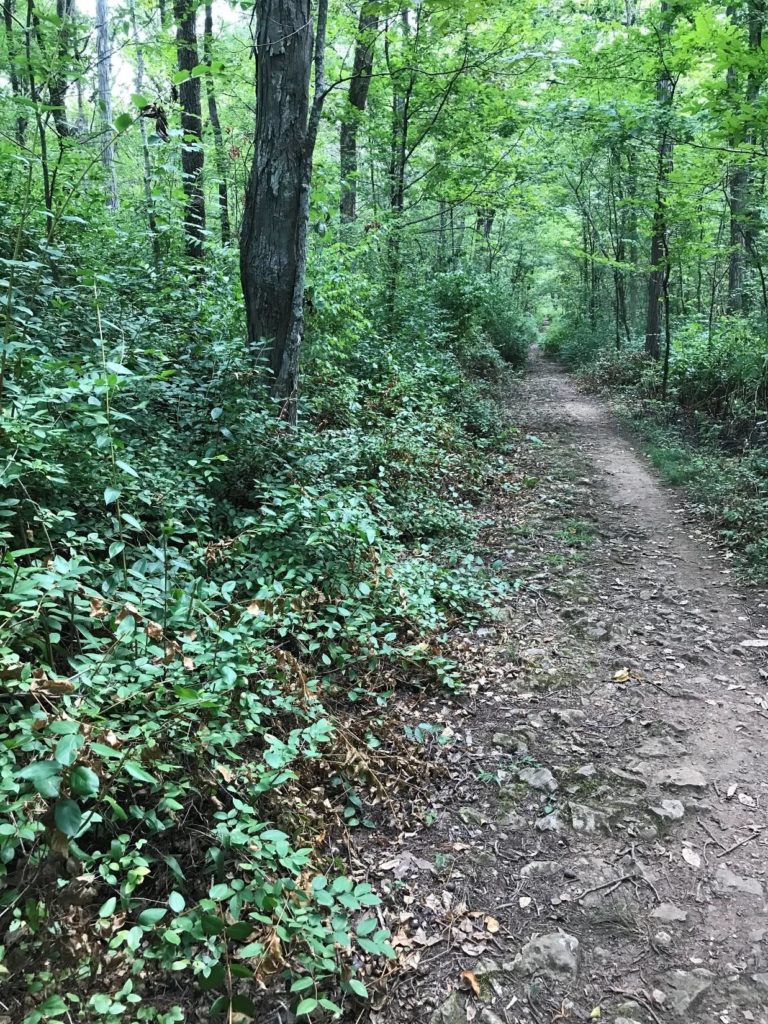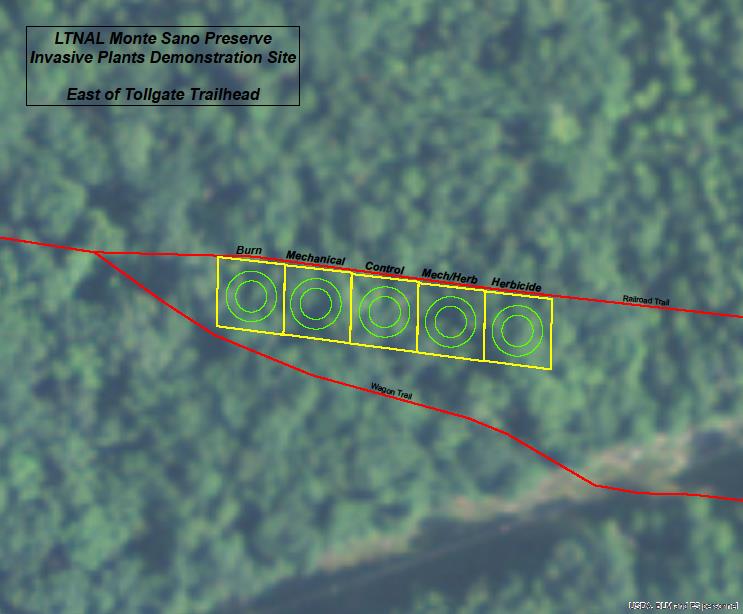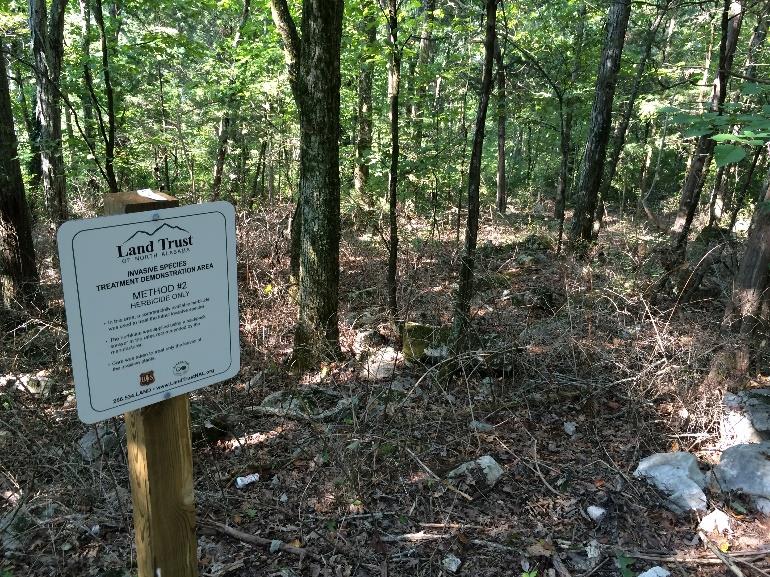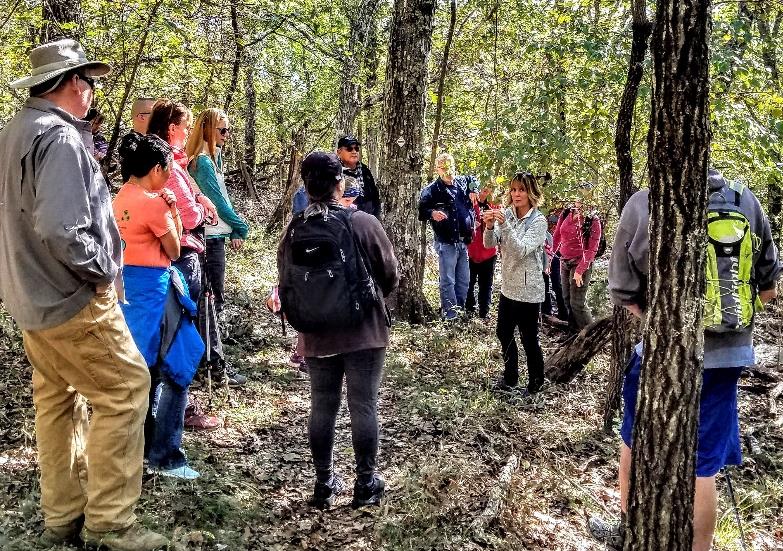For many people growing up in the south, honeysuckle triggers memories of hot summer days. The small yellow and white blooms of the Japanese honeysuckle vine offer a fragrant scent and sugary sweet nectar. Although they are prevalent, honeysuckle whether in the vine form or bush, is actually a not-so-welcome invasive species, meaning they are generally not native to this area.
While there are native vine and bush species of honeysuckle in Alabama they do not run rampant like the Asiatic versions. The presence of non-native plants can create problems when they begin to replace native plants in the environment. Unfortunately, Asiatic honeysuckle is one example of a very common invasive plant species in our area. According to the United States Department of Agriculture, as these species grow unchecked, “they may modify vegetation structure, the fire regime, hydrology, soil erosion rates, and forage production. These changes in turn can have significant effects on wildlife populations.”
As part of our land management practices, Land Trust of North Alabama attempts to control the spread of or eliminate invasive species to allow recovery of native flora. This is an incredibly challenging task and the best method of doing so isn’t always clear.

In 2015, Callie Schweitzer from the U.S. Forest Service’s Southern Research Station approached the Land Trust of North Alabama about a research project using our property that would provide helpful insight into best management practices for the control of bush honeysuckle in north Alabama forests with the added goal of promoting natural hardwood reproduction. We were more than happy to provide the testing area.
After a pre-treatment evaluation, five treatment options were implemented in late 2015 and early 2016 at Monte Sano Nature Preserve near the intersection of Bankhead Parkway and Tollgate Road. The treatment site is located along Old Railroad Bed Trail just beyond the Wagon Trail intersection. This location was ideal to exhibit outcomes on a high recreational use property. The original evaluation of the test space determined that the area featured low quality upland hardwoods with nine dominate tree species, averaging 5.5 inches diameter at breast height (or DBH – a standard method of expressing the diameter of a tree’s trunk) and 456 stems per acre (SPA).
Bush honeysuckle was treated using four methods: (1) mechanical removal, (2) mechanical removal with herbicide application on cut stumps, (3) foliar herbicide treatment (meaning herbicide was applied to the above ground portion of the plants without removal), and (4) a single prescribed fire during dormant season. There was also a fifth untreated control area.
Prior to testing, the density of bush honeysuckle in all five areas ranged from 11,000 to 15,300 SPA, which equals 84-96% of all stems in the understory. The treatment areas were monitored periodically to evaluate results. Post-treatment SPA of bush honeysuckle was 500 to 39,400 (16-98% of all understory stems).

- Foliar herbicide treatment was the most effective in reducing bush honeysuckle stems.
- Mechanical removal with herbicide application on cut stumps was the most labor intensive to implement. However, only stems greater than 3 feet tall and up to 1.5 inches DBH declined. Smaller stems actually increased.
- Mechanical removal eliminated larger stems but sprouting was prolific and contributed to more than double the number of understory stems compared to pretreatment densities.
- Prescribed fire during dormant season reduced stems temporarily but repeated fires would be necessary to reduce densities.
- Hardwood tree reproduction was depauperate (or lacking in variety of species). Post-treatment surveys noted a new ash seedlings but all other reproduction remained unchanged.

Insight gained from this study will impact the Land Trust’s future treatment strategies and the testing area will continue to be monitored going forward to see how results of each treatment option persist over time.

Want to volunteer with the Land Trust to help manage properties? Sign up at landtrustnal.org/volunteer. Stewardship of preserved land involves more than just trail maintenance. You can help with projects to improve the health of our forests and other natural habitats.
